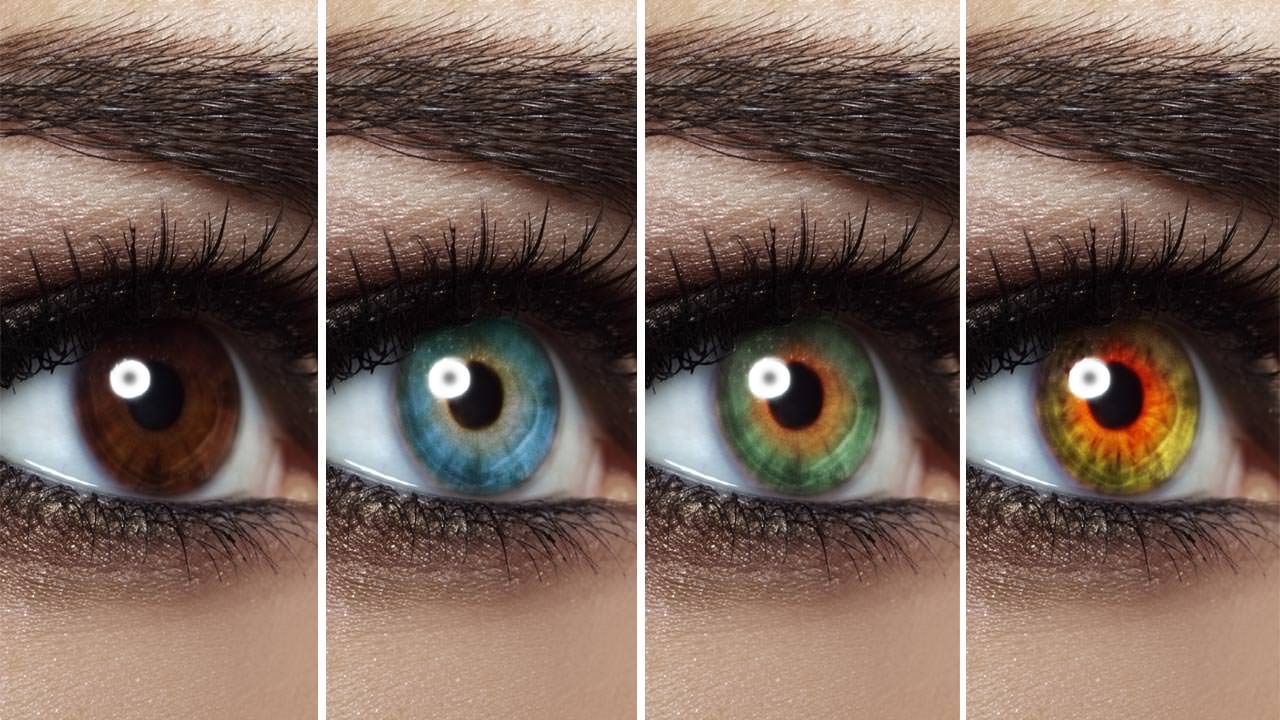

If you turn some on, but leave others switched off, you can create patterns," Hanlon explained. "A cuttlefish has maybe ten million little color cells in its skin, and each one of them is controlled by a neuron. "It really is electric skin," Hanlon said, because it's all controlled by neurons in the brain that transmit impulses and information to the rest of the body.
Eye color moods skin#
Here is a quote from that article:Ĭuttlefish skin has been likened to a color television-it has a way of combining basic colors to form more complex hues and dynamic patterns.

This also requires little effort (no producing complicated dyes or such that this may be an evolutionary disadvantage).Ĭolour cells: Cuttlefish are, I've been finding out, rather amazing colour changers.Interestingly we have different types of tears I would imagine the salinity of your creatures tears could effect how easily the porous layers of film absorb and, therefore, produce different colours. I like this method because it gives fine control over colour change and can be related to something more human - crying.The moisture changes the distance between these reflective films and, by varying the amount of moisture, the distance between reflective films can be controlled. Moisture traps: This idea comes from the Charidotella egregia which traps water between different layers of thin reflective surfaces as described in this paper (even if only the abstract is available it describes this process fairly simply). Your question only asks for if they could, not how they would though so I won't go into that too much here. Perhaps your creatures have various protective filters on their eyes - under stress a creature on a desert planet may have an automatic dust filter which comes down and this scatters or reflects red light more - making the eyes appear red. Perhaps the chemicals that drive emotions, once in the blood stream, refract light differently and make the colours. You could, however, have a different structure to your creatures entirely. It doesn't necessarily mean human eyes can have rapid drastic changes though (blue to red instantly, for example, would require a very fast change in the amount of melanin and may not be healthy). This seems to support the claim that mental state can have some difference on an eye colour - mostly through anecdotal 'evidence' though. There is a skeptics SE question on this subject, relating to humans.


 0 kommentar(er)
0 kommentar(er)
